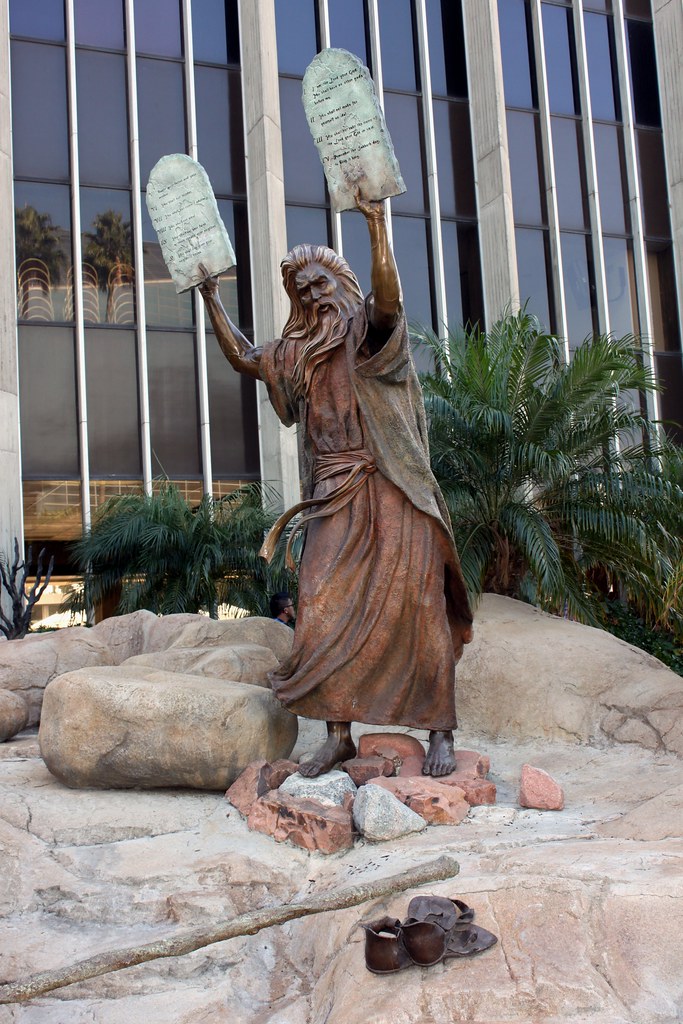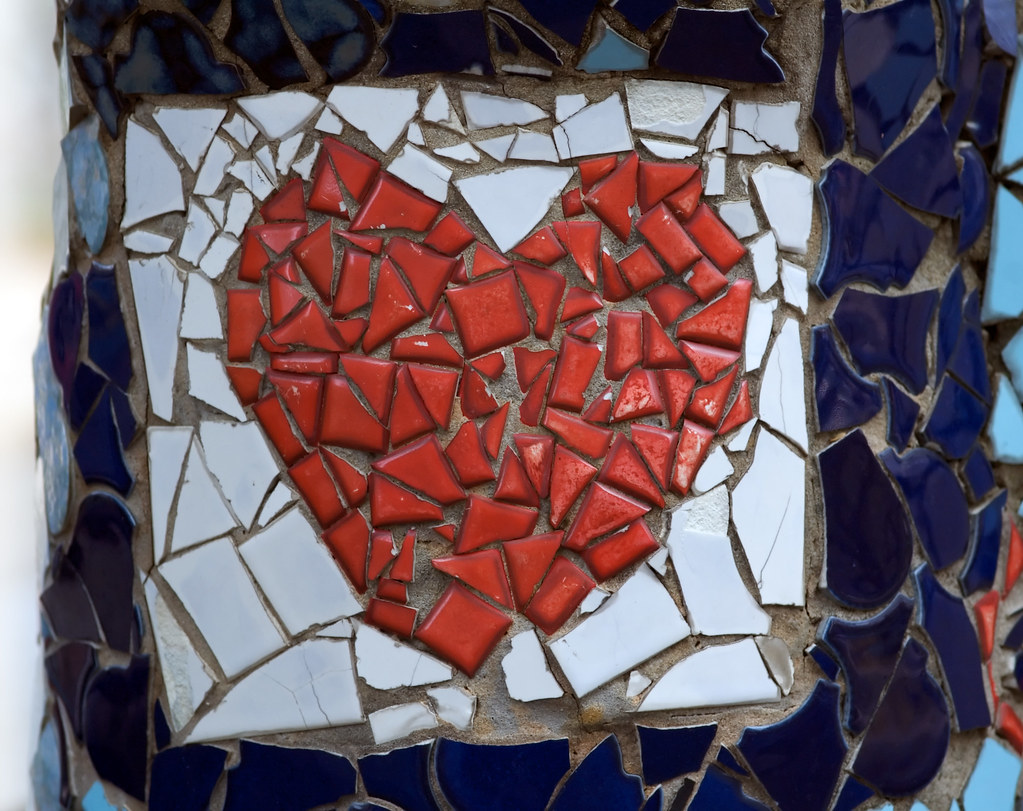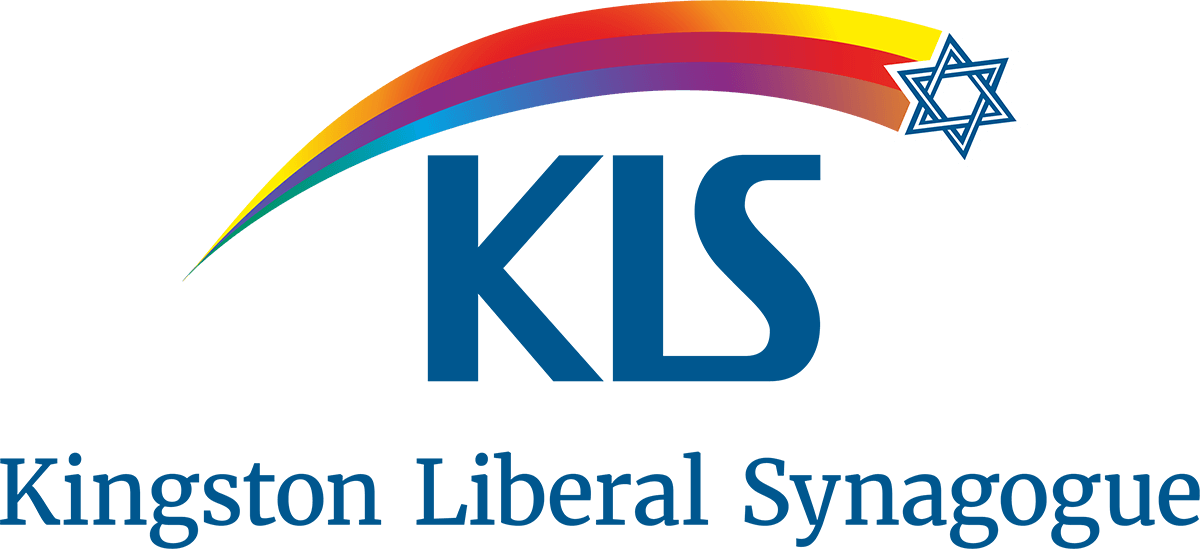Rabbi René’s sermon on Parasha Terumah – Shabbat Zachor
Have you ever wondered what happened to the first set of stone tablets that Moses broke when he saw the children of Israel worshipping the golden calf?
Last week’s parasha ended with Moses’ ascent to the mountain. “Moses went into the midst of the cloud and went up into the mount; and Moses was in the mount forty days and forty nights” (Exodus 24: 18). There, God speaks to Moses and says, ‘speak to the people of Israel, that they bring me an offering; from every man that gives it willingly with his heart, you shall take from them” (Exodus 25: 2). The purpose of this offering, the text tells us, is to build a sanctuary where God can reside among the people. It was deemed so important that no less than eight chapters describe in many details this portable sanctuary, known to us as the Tabernacle.
The first object described is the ark, made of wood, overlaid with gold, with four rings on the four corners, and poles to carry it. It is covered by Cherubim of gold as protectors. The purpose of the Ark is to contain the stone tablets of the Law that God had given to Moses. These are indeed the only tangible objects containing God’s word.
But when Moses returns from 40 days of one-to-one encounter with God, he smashes them because the Israelites were so impatient that they melted their gold and created an idol. Later on, as we know, God gives another set of tablets. According to Torah, the first set was inscribed by God’s finger, whereas the second were chiselled out by Moses and rewritten by God.

So, what happened to the first set of broken tablets?
One Talmudic tradition says that the broken tablets were placed in the holy Ark along with the second intact set (BB 14b). They were not buried, which is what we generally do with holy items no longer in use.
Another Talmudic tradition states, “Rabbi Judah bar Ilai taught, ‘Two Arks journeyed with Israel in the wilderness. One in which the Torah was placed, and the other in which the Tablets broken by Moses were placed. The one in which the Torah was placed was kept in the Tent of the Meeting – or the Tabernacle that is described in our portion and the followings – the other, containing the broken Tablets, would come and go with them’” (Yerushalmi, Shekalim, 1: 1).
Whether we follow one tradition or the other, it is remarkable to note that the broken Tablets were kept alongside the unbroken ones. Why?
Midrash Rabbah (Shemot 46: 1) gives a first explanation. God said to Moses, “do not be distressed over the First Tablets which contained only the Ten Commandments. In the Second Tablets I am giving you, you will also have Halachah, Midrash and Aggadah”. In other words, both sets of tablets represent different stages of Revelation: it is a progressive process. The first tablets were written only by God. For the second, Moses and God were partners: God said, cut two stone tablets like the first ones, and I will write on the words that were on the first” (Exodus 34: 1). Our relationships with God is one of partnership and collaboration.
But why is the first set broken?
Rabbi Menachem Mendel of Kotzk, a Hasidic Rabbi and leader (d. 1859) said,
“Nothing is more whole than a broken heart”.
The idea of brokenness appears in a number of significant moments in Judaism. When the bride and the groom stand under the Chuppah, they break a glass, an act that represents broken moments in our personal or communal life. We begin the Seder of Pesach by breaking a Matzah. That represents the slave that breaks free from his previous life. On Rosh Hashanah and Yom Kippur, one of the Shofar blasts is called shevarim, from the root shever, broken. Each of these moments participates in the wholeness of the ritual: you cannot have a proper marriage without breaking the glass; you cannot celebrate Pesach if you don’t break the Matzah first. The sound of the Shofar is incomplete without the broken notes of shevarim.

As Rabbi Menachem Mendel of Kotzk said, “nothing is more whole than a broken heart”. As a Kabbalist, he was aware of the Kabbalistic teaching that the Ark is a symbol of the human heart (Reshit Chochmah). Brokenness is part of human life. We experience death, loss of a loved one, breaks in relationships, hopes cut short, disenchantment, betrayal. We are left powerless. We have very little control over these emotions. And for the parents among us, you certainly remember the first time you realized you cannot protect your children against hardship. What a painful realization!
And yet, as reminded us Rashi, the Medieval Torah commentator, the two sets of tablets, the broken ones and the whole set, sit touching each other. When our heart is broken, the presence of the whole set of tablets helps us to confront our frailty and to remember that things can get better. When our tablets are whole, we can reach out to those whose tablets are broken. Both sets of tablets are placed side by side in the holiest place in our tradition, as two poles of life’s experience. It is our sacred duty to be ever sensitive to those who suffer, and to share our happiness when we can. That is the way of the Jewish heart.
Ken Yehi Ratzon
Shabbat Shalom,
Rabbi Rene Pfertzel
“The TEN COMMANDMENTS” by Prayitno is licensed under CC BY 2.0
“Broken Heart” by CarbonNYC is licensed under CC BY 2.0
